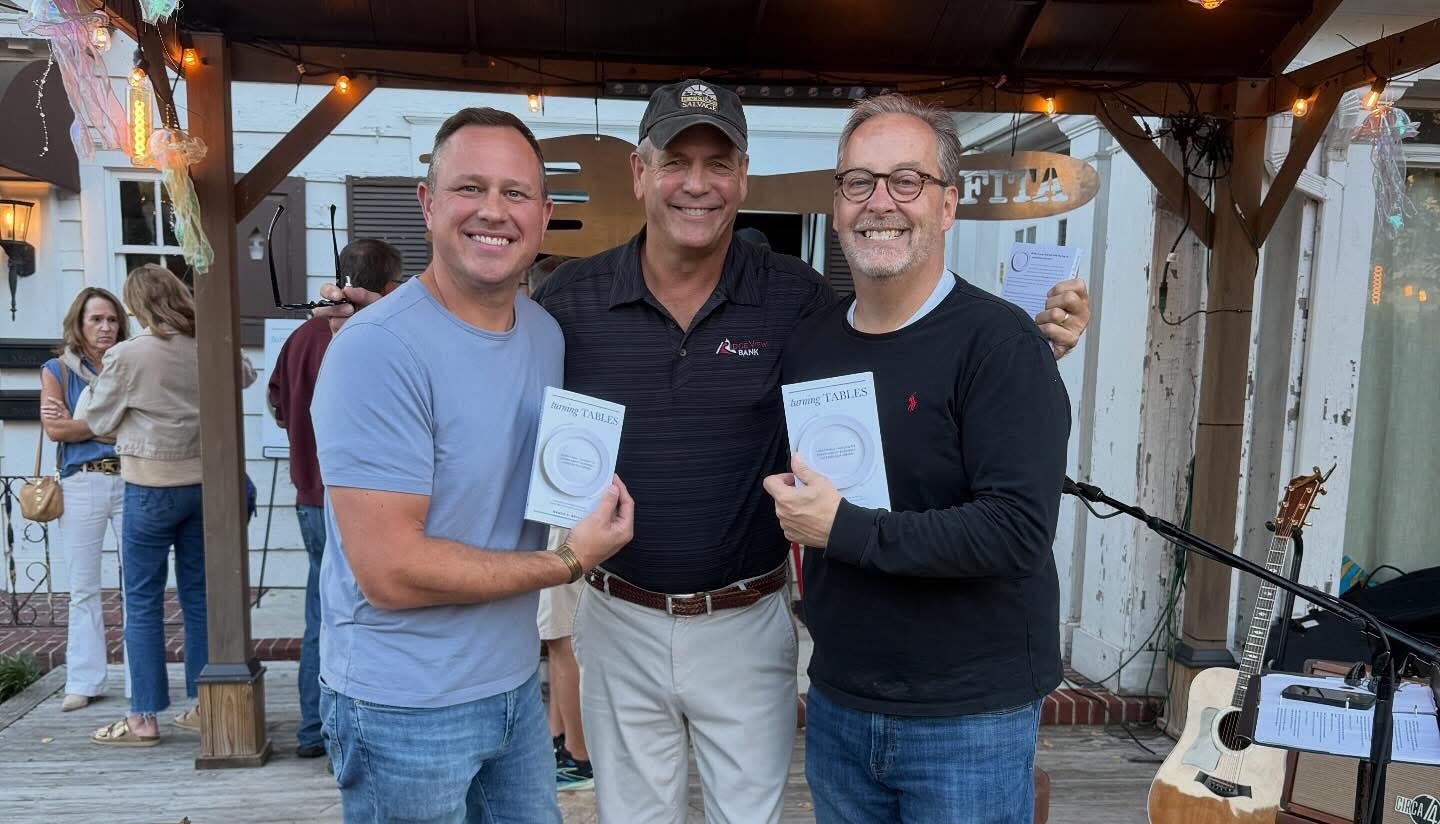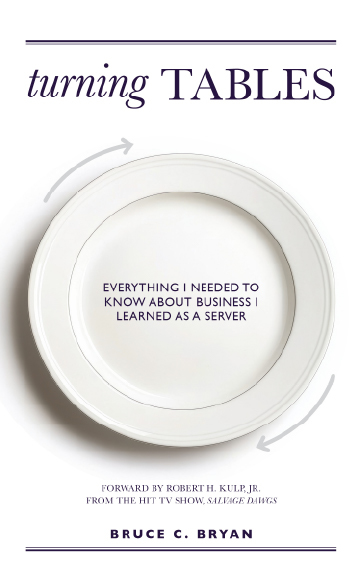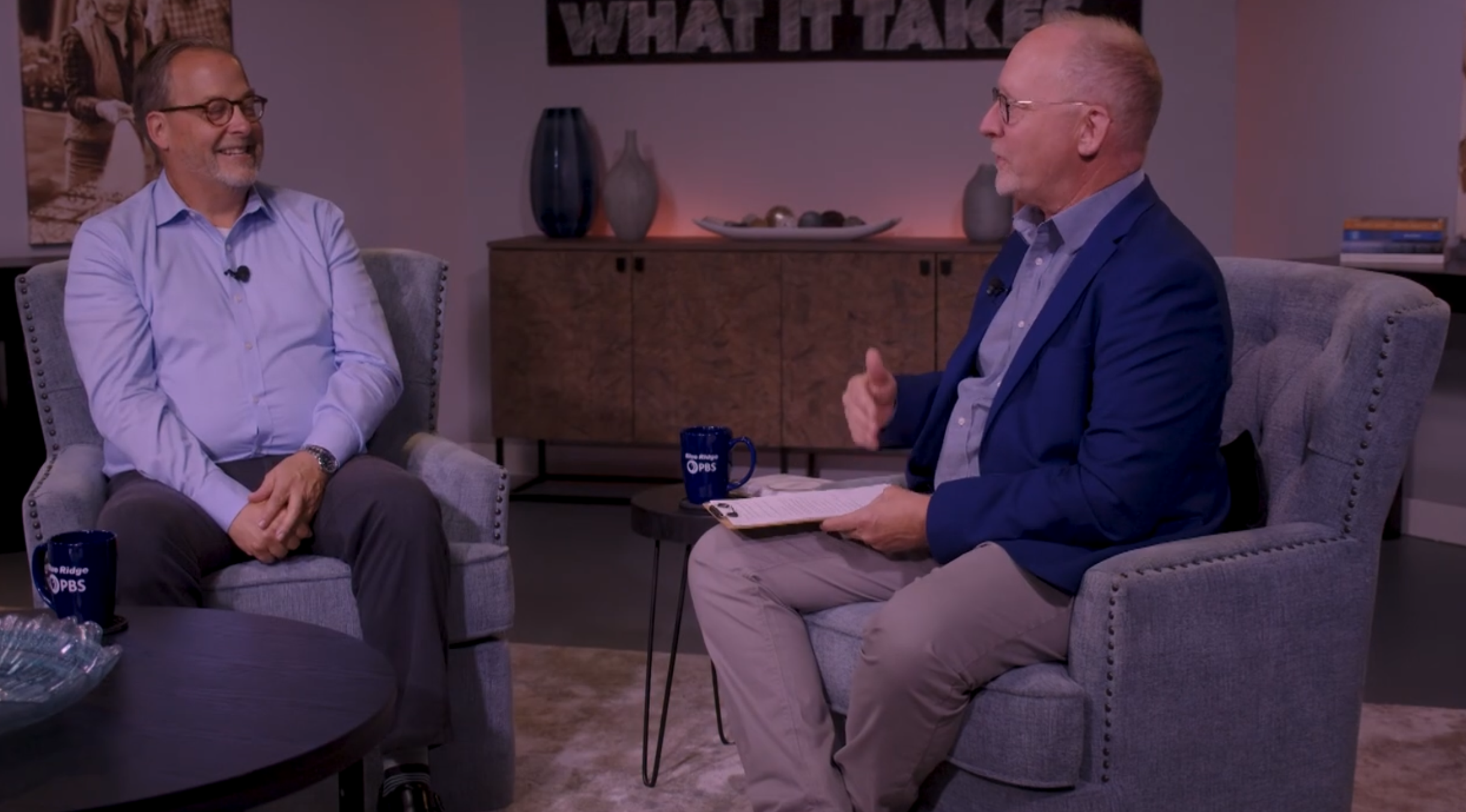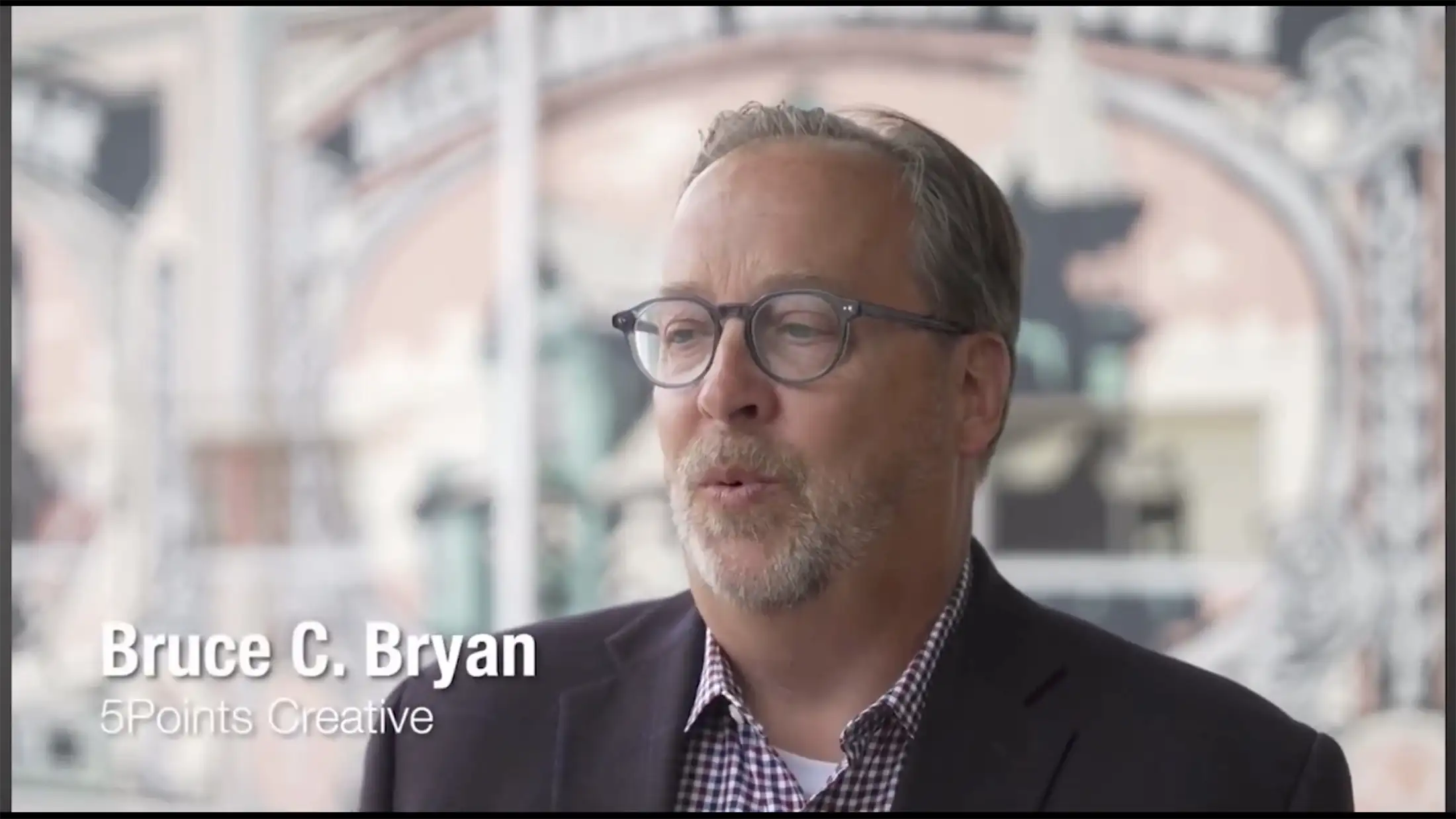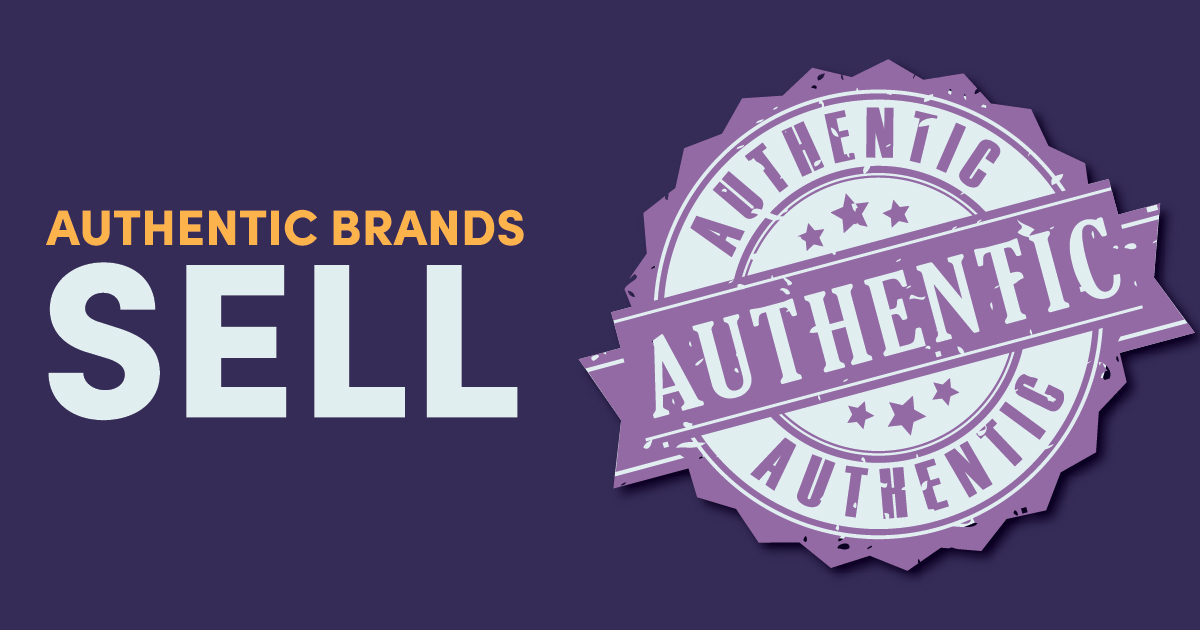One person really can change a room or, in some cases, the trajectory of your day. Remembering that throughout your career can help you seethe ways you interact with others can make a genuine difference. Too often we think, “I’m just a receptionist” or “I’m just a salesperson.”
That’s where so many of us miss the mark.
You’re not JUST anything. You’re doing important work, and the way you do it can transform someone’s experience or set them on a new path.
Put Value into Each Customer Interaction
Regardless of your position, the way you engage with another person is important. Customer service training focuses on empathy, and there’s a good reason for that. Putting yourself in another person’s shoes helps you improve your ability to serve, builds a selfless mindset, and improves the experiences of those around you—whether they are a co-worker or a client.
The best servers I have interacted with had the ability to make a customer feel like they were their ONLY customer. That’s how good friends, good bosses, and great co-workers operate, too. Do you see the connection? Value the individual conversations enough and the pattern of putting others first becomes a habit.
In food service, the best servers earn the biggest tips.
In business, the customer-focused companies almost always win and experience more success. So do the individuals who are inclined to focus on customer service. It’s smart business and it’s good for you.
How a Server Demonstrated Service Leadership
My wife Laurel and I were on our first day of vacation last summer when we had two very different experiences at the Omni Bedford Springs resort in Bedford Springs, Pennsylvania. The host at the resort’s steakhouse was having a rough day and created some anxiety with diners who were hoping to enjoy a nice, relaxing meal. His curt language and dismissive hand gestures put people on edge. He wanted everyone to know hewas having a difficult night, but also it seemed important to him that everyone knew he was in charge.
That added up to a bad initial experience at this high-end resort.
We got to our table and everything shifted. Jordan was our server, and he put us right at ease, lowered our blood pressure, and got our vacation off to a great start. He was interesting, empathetic, helpful, and in general, he took good care of us. The food was amazing and we commented on what a wonderful job he had done—especially considering the rocky start to our dinner date. Toward the end of the meal, Jordan said he was about to enter thePennsylvania State Police Academy. Laurel and I thought Jordan was just the sort of cool-headed, engaging trooper we’d want appearing at our window in the event we were ever pulled over on the Pennsylvania Turnpike.
I remembered Jordan’s name and how he made us feel. For the life of me, I can’t remember the name of the host…
Career Growth is Driven by Customer Care
That sort of individual attention and focus on the customer’s experience isn’t just good for your company; it’s exactly the typeof technique a person trying to grow in their career can employ. We often think we get ahead by putting others down. But, in reality, the best way to grow professionally is to look out for your customers and colleagues.
Imagine telling your boss, “That’s not my job”. Maybe it isn’t your job, but solving problems, finding better ways to do things, and improving the customer’s experience is. So focus on the things you can control—your attitude, your approach, and your willingness to help— and watch how you can make a difference in a variety of ways.
How Compensation Drives a Worker’s Activity
One person at that resort was focused on himself. He wanted the customers conforming to his priorities.Jordan was all about giving Laurel and I an enjoyable dinner experience. He shifted how our night went, and in doing so, he made more money.
· Hourly and Salaried Workers: They can easily fall into the pattern of just taking care of business, and though some will go above and beyond, too often staff choose the path of least resistance. To-do lists and efficiencies are priorities that can lead to a more focused effort.
· Tips, Commissions, and Profit-SharingWorkers: Often when compensation is related to customer care and how good the client experience is, there’s a better outcome. This ideal of tying compensation to the caliber of customer service is a win-win, and companies that embrace that philosophy tend to be more successful.
Obviously, that compensation situation isn’t appropriate for every employee, but as leaders, we can communicate how valuable the customer-focused, empathetic approach is to the success of the entire organization. In most cases, the win-win starts when the customer is the priority and has a top-shelf experience. That’s how you cultivate an incredible memory—like Jordan the soon-to-be-state-trooper did for us on the first day of our vacation.
You can purchase Turning Tables:Everything I Needed to Know about Business I Learned as a Server here: https://www.barnesandnoble.com/w/turning-tables-bruce-c-bryan/1147090537?ean=9781636987293
To learn more and to schedule a Speaking Engagement, visit the following website: www.brucecbryan.com
